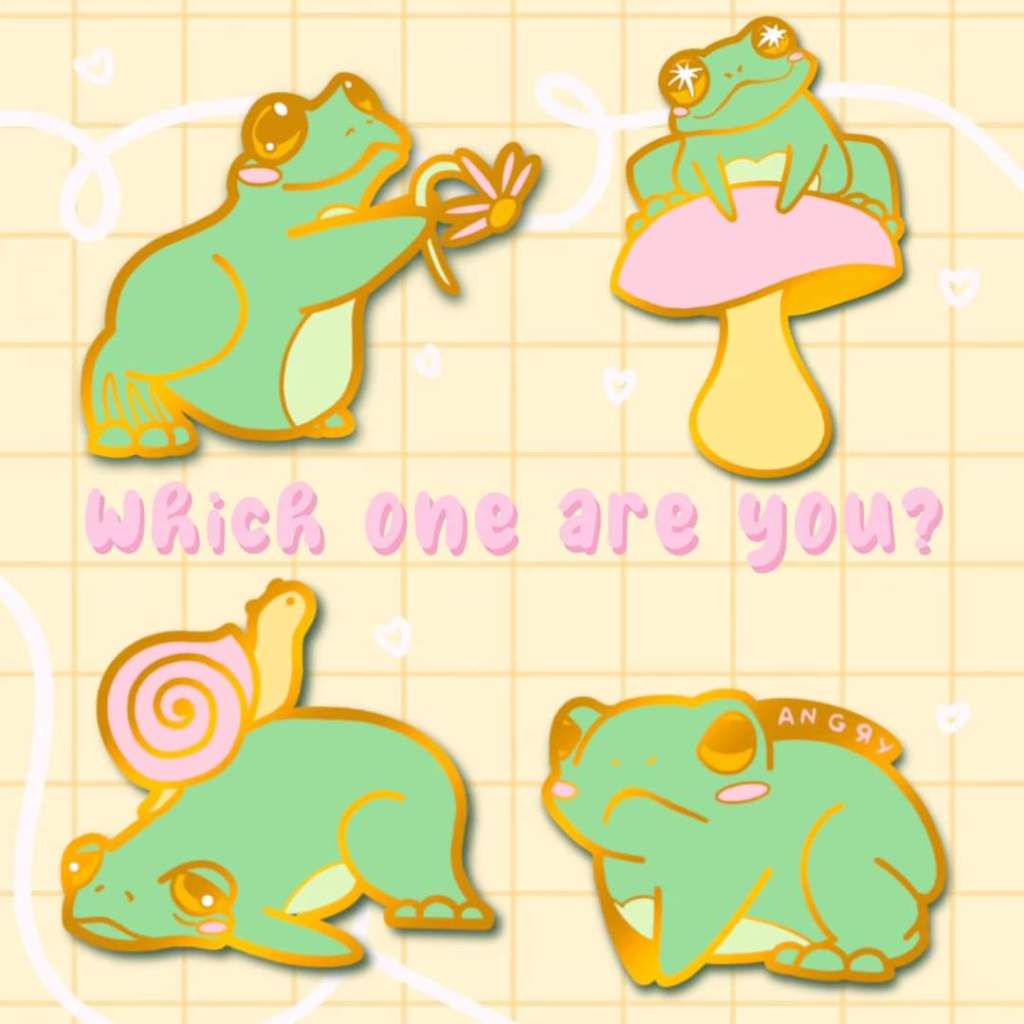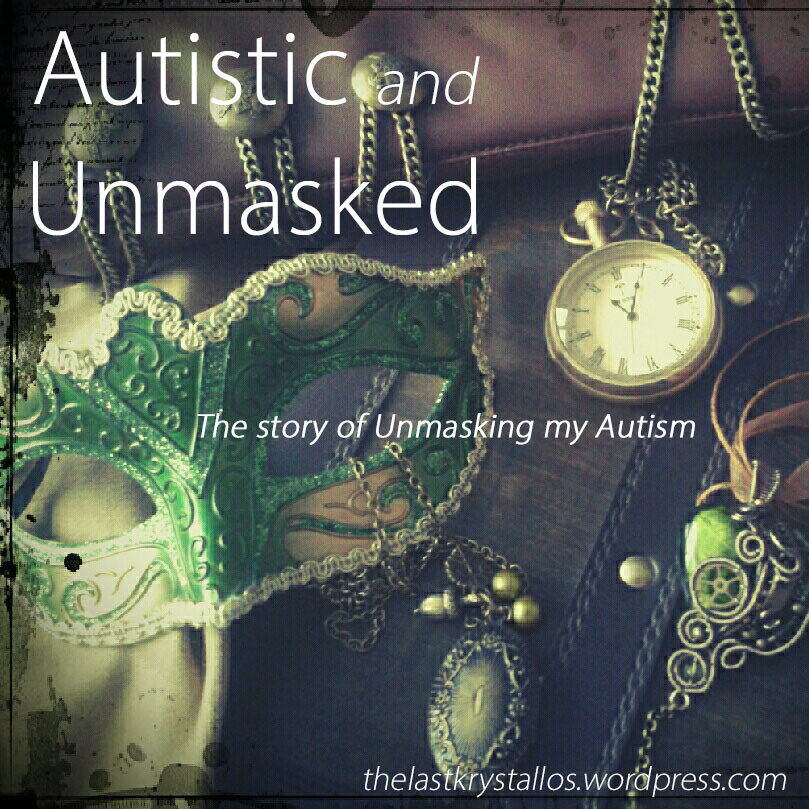If you love cute frogs and enamel pins then Rayncloud Art’s Kickstarter is for you!
I recently backed Rayncloud Art’s new Kickstarter, and it’s so exciting I want to share it with you! Rayn is an independent artist with a track record of some great art and new ideas. Rayn is autistic and struggles with tics but doesn’t let it stop their art. One of the only things that helps calm their tics is working with their creativity. Rayn started out as a traditional artist, using watercolours, acrylics, and oils, and has recently moved into digital art. They mix crochet and much more into their brand too, creating an eclectic fusion of wonderful art.
One of Rayn’s digital creations is Squidge the Frog, the cutest little frog, and they designed a set of enamel pins, stickers, postcards, and phone wallpapers based on him. With encouragement from fans Rayn decided to plan a Kickstarter to finance the pins.
Rayn’s Kickstarter kicked off a couple of weeks ago with a Squidge the Frog Flower pin, and, very quickly, successfully reached their target! If the Kickstarter grows and people continue backing it new enamel pin designs will be added. The next one is Squidge Mushroom pin, and there are two further designs if pledges rise!
I backed this project, and can’t wait to get my pins!
Seriously, if you love frogs you should back this Kickstarter, and if you know anyone who collects cute pins, or adores frogs, then share the Kickstarter with them too!
Let’s see if we can unlock the next frog pin!
I asked Rayn about their art and what led to this venture:
Tell me a little about your art and recent change of style from painting to digital art…
I’ve loved art since I can remember but I only recently took the plunge into trying out digital art. I’ve spent years playing with different traditional mediums finally settling on Watercolour as my favoured medium but I’d always wanted to try digital art. I tried it a tiny bit as a young teen but I didn’t have the right equipment and consumer technology for digital art just wasn’t as affordable and accessible as it is now. I tried out digital art for the first time at the end of 2022 and I fell in love with it. It took away one of the biggest barriers for me when it came to creating art which was the energy needed to set up before painting and to clean up after. All of a sudden I could paint on a whim even with very little energy. I would honestly consider it life changing!
What’s your favourite subject to paint/draw?
I think my favourite subject to draw will always be people and portraits. I love the depth and detail in them, the way that one tiny line can change a whole expression. But I also love working in a more illustrative style and with that I love drawing animals! Animals are one of my autistic special interests so I love taking the time to research and make sure I include important features in these more simplistic illustrations, like gills on a shark, or the horizontal pupils of a frog.
Congratulations on your Kickstarter and reaching your first funding goal! Why frogs?
Thank you! I’m so happy about how well it’s going (I was so nervous that it would be a massive flop!)
It had to be frogs! I love frogs, I think theyre both strange looking and absolutely adorable! I also have a frog so I had to honour my boy Odo and make frogs my first pins.
Squidge the Frog has been in my art for perhaps longer than a lot of people realise, he’s been through a few changes.
Where would you like to take your art from here? More pins?
I definitely want to work on more pins, more of Squidge the Frog and also some other characters! (Members of my Ko-Fi will have seen the latest I’m working on.)
I want to work on more as well, I’m thinking keychains, washi tapes, maybe even tote bags or t-shirts!
I’ve seen, and bought, some of your crochet, I adore my fingerless dragonscale gloves, do you enjoy expanding to other creative projects as well as painting and digital art?
I love letting my creativity run wild, crochet is a skill I’m so grateful to have learned and I’m working on some cute plushie keychains that are coming real soon to my shop.
I want to try polymer clay at some point too, just got to save for the equipment first!
I also love helping other people to learn new things too which is why I make YouTube videos.
You can find Rayn’s Kickstarter YouTube video here and follow their You Tube channel here.
So, go and check out Squidge the Frog Kickstarter and see if you’re
interested in your own pin, and don’t forget all the lovely add-ons!
Go Squidge!


















